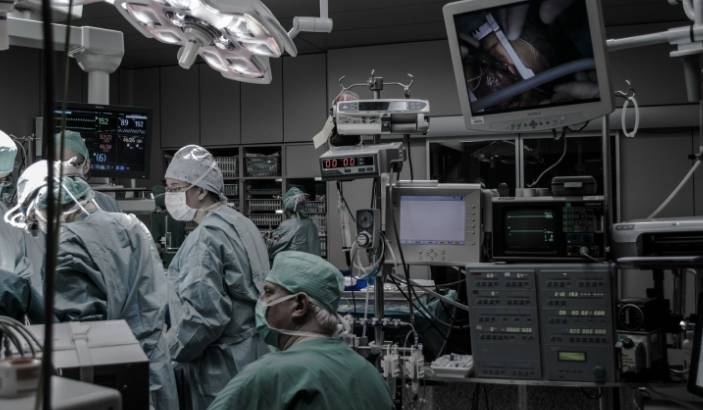Surgical innovation is constant – there’s always new technology, tools, and training improving surgical outcomes. Still, more needs to and is being done. Does that mean we’re on the cusp of a new era of surgical innovation?
New changes are bringing new methods to build on existing ones and essentially turn everything upside down and inside out, producing better results and changing the whole experience for the patient.
Below, we’ll go into more detail about the cusp of surgical innovation that we’re heading toward.
Tools to Improve Surgical Efficiency
Here is an overview of some essential tools used in current surgical procedures:
Here is an overview of some of the essential tools used in current surgical procedures:
- Surgical Retractors: Advancements in surgery retractor equipment are proving effective. They’re providing more visibility within the surgical field and reducing patient contact. They do this by holding aside underlying organs or tissues that would otherwise obstruct the surgeon’s view.
- Electrocautery Devices: This equipment cuts tissues and controls bleeding at the same time. They achieve this by passing an electric current through tissue, causing it to heat up and promote hemostasis, which helps reduce the operation length considerably.
- Surgical Sutures and Staplers: Advances in suture and staple technology have revolutionised closure methods for surgical incisions. Contemporary sutures and staples prevent infection more effectively, close wounds faster, and create strong, airtight seals.
Surgery with real-time diagnostics
One giant leap in surgical technology involves seamlessly integrating real-time diagnostics into operations. Intraoperative MRI (iMRI) and ultrasound machines now enable surgeons to capture live images of the operating field. This feature has excellent repercussions in neurosurgery and orthopaedics – for example when removing brain tumours or placing joint prostheses – where accuracy is critical. Having a direct view allows doctors to correct their mistakes on the spot, thus minimising revision surgery rates and improving outcomes for complex procedures.
Customisable 3D-printed Tools and Implants
Another breakthrough in medical science has been made possible by 3D printing. They’re creating personalised instruments and implants used during surgeries. The benefit here lies mainly in areas like maxillofacial reconstruction or spinal surgery, where standard sizes may not always fit perfectly due to individual differences among patients’ anatomies.
Custom fitting ensures better post-operative recovery and long-term results since custom-made devices are designed based on a person’s imaging data; hence, they integrate well with surrounding tissues, resulting in them functioning correctly.
New Sealants and Hemostatic Agents for Surgery
Bleeding and infection risks are a big issue for surgical procedures – they consistently rank as the most common implications of most operations.
Developments after an operation bring advanced types of sealants and hemostatic agents, which can massively reduce morbidity associated with these complications during the procedure and afterwards. It’ll improve clotting time achieved thanks to new formulations and methods used to deliver the products, resulting in improved wound closures. The result is reduced chances for various adverse events occurring following surgery.
We’re talking about procedures where the statistics are higher, like within heart and lung operations, where control over hemostasis represents the difference between a patient’s life and death. But it also applies to most procedures.
Surgical Data Analytics
The other side of the future for the surgeon lies in numbers. Surgical data science collects information before, during, and after an operation to make better decisions at each stage.
By using big data sets, one can predict specific risks facing different patients as well as determine which interventions would work best under particular circumstances while monitoring the recovery process more accurately than ever before possible, thereby heightening individualisation levels surrounding this procedure type and contributing towards a wider objective aimed at the never-ending refinement of surgical skills.
These state-of-the-art advances are not just steps forward; they represent transformational change. And they’re essential – if you look at the current state of global healthcare systems, something must change. Do you think we’re on the cusp of a new era of surgical innovation?









